The story of Picasso's Bull series is not merely an artistic exercise but a profound meditation on the essence of representation. Created in 1945, the eleven lithographs depict the gradual simplification of a bull from a detailed, anatomically precise rendering to a few fluid lines that somehow retain the creature's unmistakable spirit. This metamorphosis reveals Picasso's relentless pursuit of the essential—stripping away the superfluous to uncover the raw, primal truth beneath.
What begins as a meticulously shaded, almost sculptural bull in the first plate undergoes a startling transformation. By the eleventh iteration, the animal is reduced to a handful of curves and angles, yet it remains undeniably a bull. This reduction is not a loss but a distillation—an artistic alchemy where form collapses into idea. Picasso doesn't erase the bull; he liberates it from the constraints of literal representation. The series becomes a visual manifesto: art is not about copying reality but capturing its soul.
The process mirrors Picasso's own artistic evolution. From the technical mastery of his Blue and Rose periods to the radical fragmentation of Cubism, he consistently sought to break through conventional depictions. The Bull series crystallizes this lifelong quest. Each plate is a step deeper into abstraction, yet paradoxically, the bull becomes more real in its essence. The final image—a few confident strokes—achieves what volumes of detail could not: the immediate, instinctual recognition of the animal's power.
Philosophically, the series challenges our perception of meaning. How much can we remove before an image ceases to be what it represents? Picasso's answer is radical: very little is needed if that little is true. The bull's horns, its arched back, the suggestion of musculature—these fragments trigger our mind's ability to reconstruct the whole. The artist trusts the viewer to complete the work, making the audience an active participant in the creation of meaning.
This interplay between artist and observer reflects a deeper cultural shift in modern art. No longer content with passive consumption, 20th-century movements—from Cubism to Abstract Expressionism—demanded engagement. Picasso's bulls exist in that liminal space between representation and suggestion, where the viewer's imagination becomes the final canvas. The series whispers a subversive truth: art is not made on paper but in the mind.
Technically, the lithographs showcase Picasso's mastery of line. The early plates rely on cross-hatching and tonal variation to create volume, while the later ones demonstrate how weight and curvature can imply form without filling it in. The artist's hand becomes freer, more improvisational, as if the bull is emerging directly from his subconscious. This progression mirrors jazz improvisation—starting with structure, then breaking it open to find the music beneath.
The Bull series also serves as a metaphor for artistic courage. Each reduction required the confidence to let go—to trust that less could indeed be more. In an era obsessed with technical prowess, Picasso's willingness to pare down to near-nothingness was revolutionary. It declared that skill lies not in accumulation but in precision of removal. Like Michelangelo freeing figures from marble, Picasso chisels away at perception itself.
Today, the series resonates with digital-age minimalism. In a world saturated with visual noise, the power of distilled imagery grows stronger. Emojis, logos, and icons dominate communication, proving that economy of form can amplify meaning. Picasso anticipated this shift—his eleventh bull could be a corporate logo or a cave painting, timeless in its simplicity.
Ultimately, the Bull series transcends art to become philosophy. It asks how we construct reality from fragments, how recognition survives abstraction, and why some marks feel truer than others. Picasso doesn't provide answers but shows us the beauty of the question. The bull remains, in all its stages, a testament to art's alchemical magic: the transformation of ink and stone into something alive.

By /Jul 16, 2025

By /Jul 16, 2025
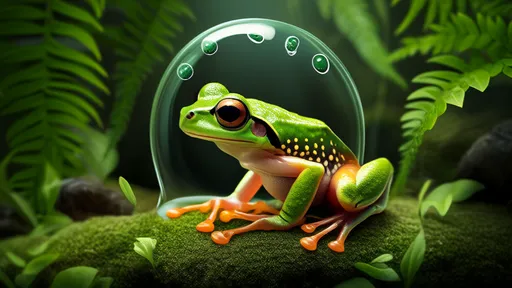
By /Jul 16, 2025

By /Jul 16, 2025
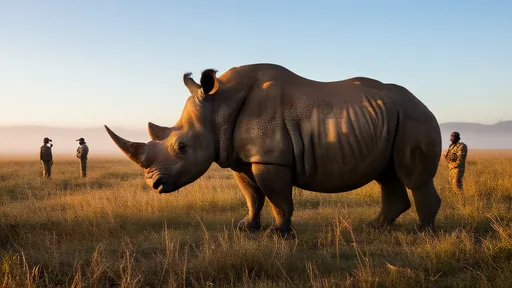
By /Jul 16, 2025

By /Jul 16, 2025
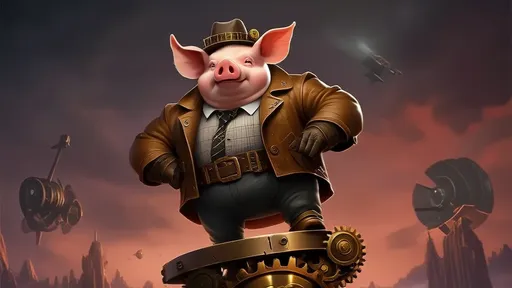
By /Jul 16, 2025
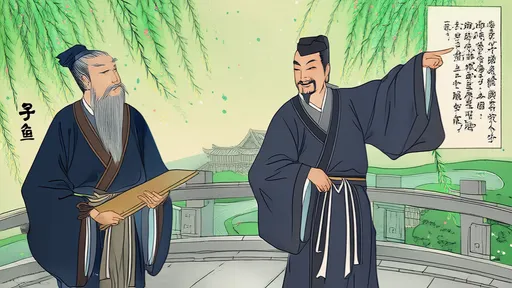
By /Jul 16, 2025
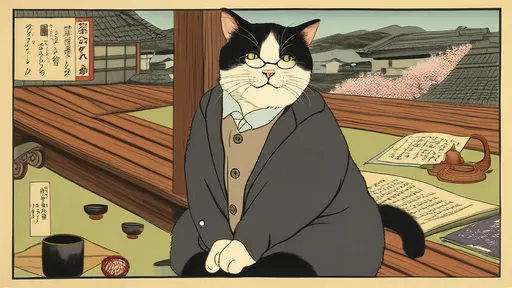
By /Jul 16, 2025
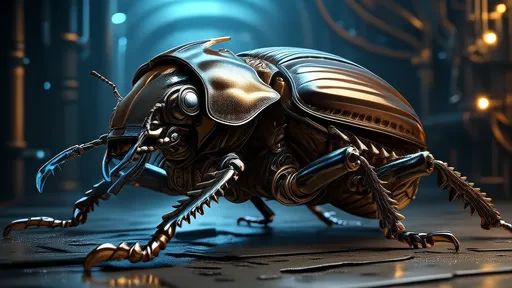
By /Jul 16, 2025

By /Jul 16, 2025
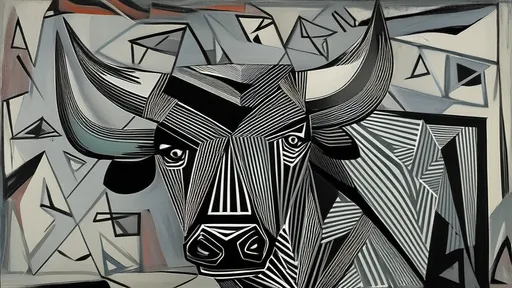
By /Jul 16, 2025

By /Jul 16, 2025
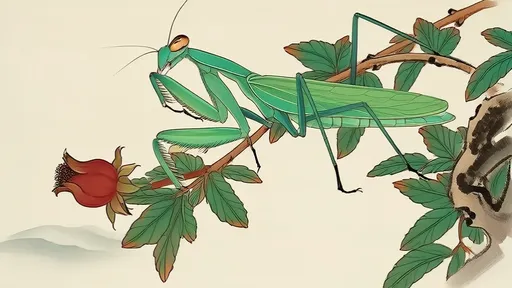
By /Jul 16, 2025
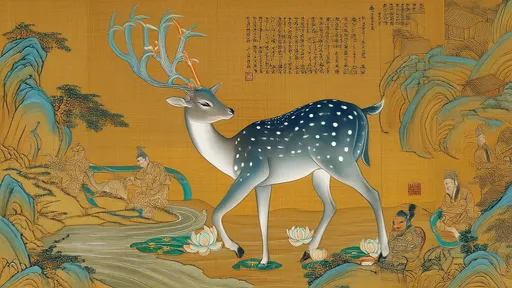
By /Jul 16, 2025

By /Jul 16, 2025

By /Jul 16, 2025
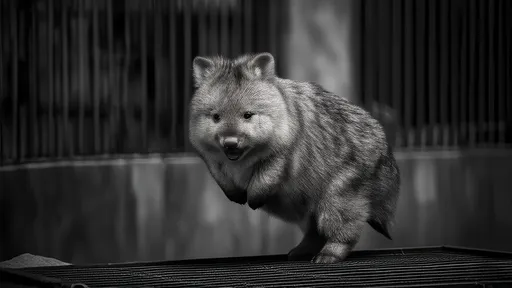
By /Jul 16, 2025
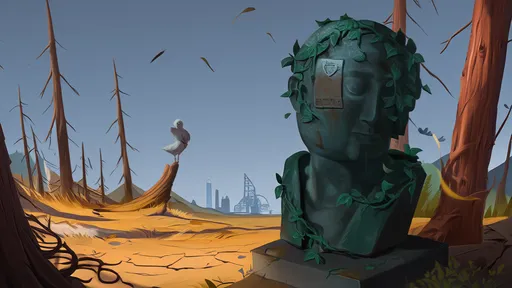
By /Jul 16, 2025

By /Jul 16, 2025